As we honor National Electrical Safety Month this May, it’s a reminder that the same level of commitment to safety from electrical hazards is important every day. After all, lives are depending on our commitment to safety at work and home.
Most, if not all of us, have some type of familiarity with the Occupational Health and Safety Administration (OSHA). But how familiar are you with the background of OSHA? Why was it established? What are the regulations associated with the electrical industry? Are they involved with NFPA 70E, Electrical Safety in the Workplace? Continue reading for the answers to these and other construction industry-related safety questions.
ESFI is currently reviewing OSHA reports to provide a definitive narrative of what occupations and actions are causing the electrical fatalities. By studying the occupations with the most electrical injuries and fatalities, ESFI is able to focus its efforts on creating materials targeted to those industries.
The NEC and UL Standards are the foundation of the work performed each day as an inspector or installer. Involvement in the standards development process allows participants to become a critical part of improving safety and also facilitates their professional growth.
Numerous Code requirements apply to the PV array and other equipment located in the vicinity of the array. These include conductors, DC combiners, arc-fault protection equipment, and rapid shut down equipment. This article addresses some of these requirements as they are found in the 2020 National Electrical Code (NEC).
Based on real-world test data and investigation results from on-the-job safety-related incidents, we have found low-voltage arc flash energy can be underestimated. “Low voltage” in the NESC is defined as 50 volts (V) to 600V (ac). Specifically, one area of concern is 480V equipment, because 480V, three-phase related arc flash incidents can have severe consequences.
Although Rule 4-006 was introduced into the Canadian Electrical Code, Part I (CE Code) a few editions ago, (when ampacity tables in the NEC and the CE Code have been harmonized), application of this Rule does not appear to be consistently clear to many Code users.
The CSA Z462 Workplace Electrical Safety Standard has been published for over 10 years now in Canada. It is widely adopted voluntarily by all industry sectors across Canada.
Ground faults arise when current flows from an energized conductor to ground inadvertently. The return path of the fault current is through living beings or equipment touching the grounding system. Ground fault detection is critical to protecting people and animals from shock or death.
There are three main types of electrical hazards: electric shock, electrical burns, and arc blasts (the effect of blasts). Understanding the basics of these hazards is critical in enforcing electrical safety in the workplace.



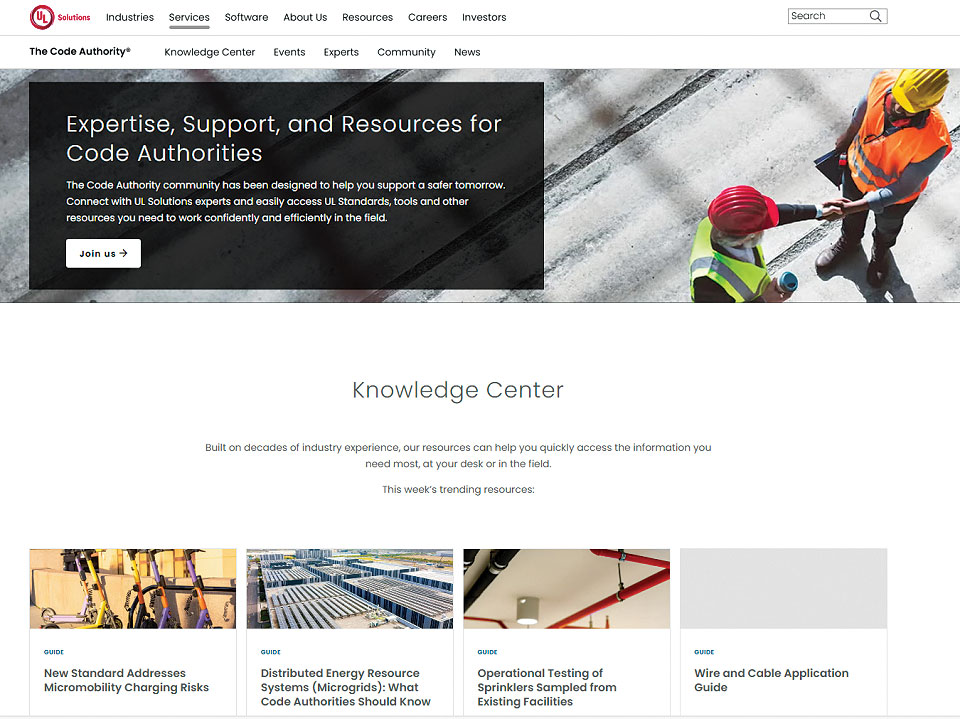
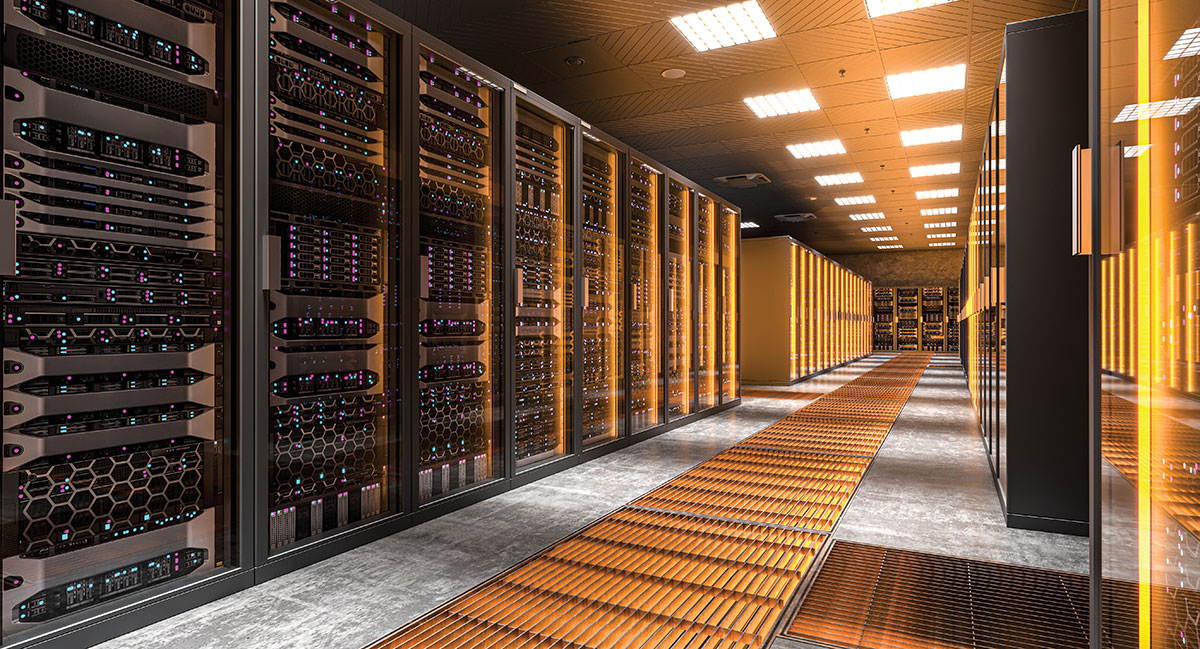
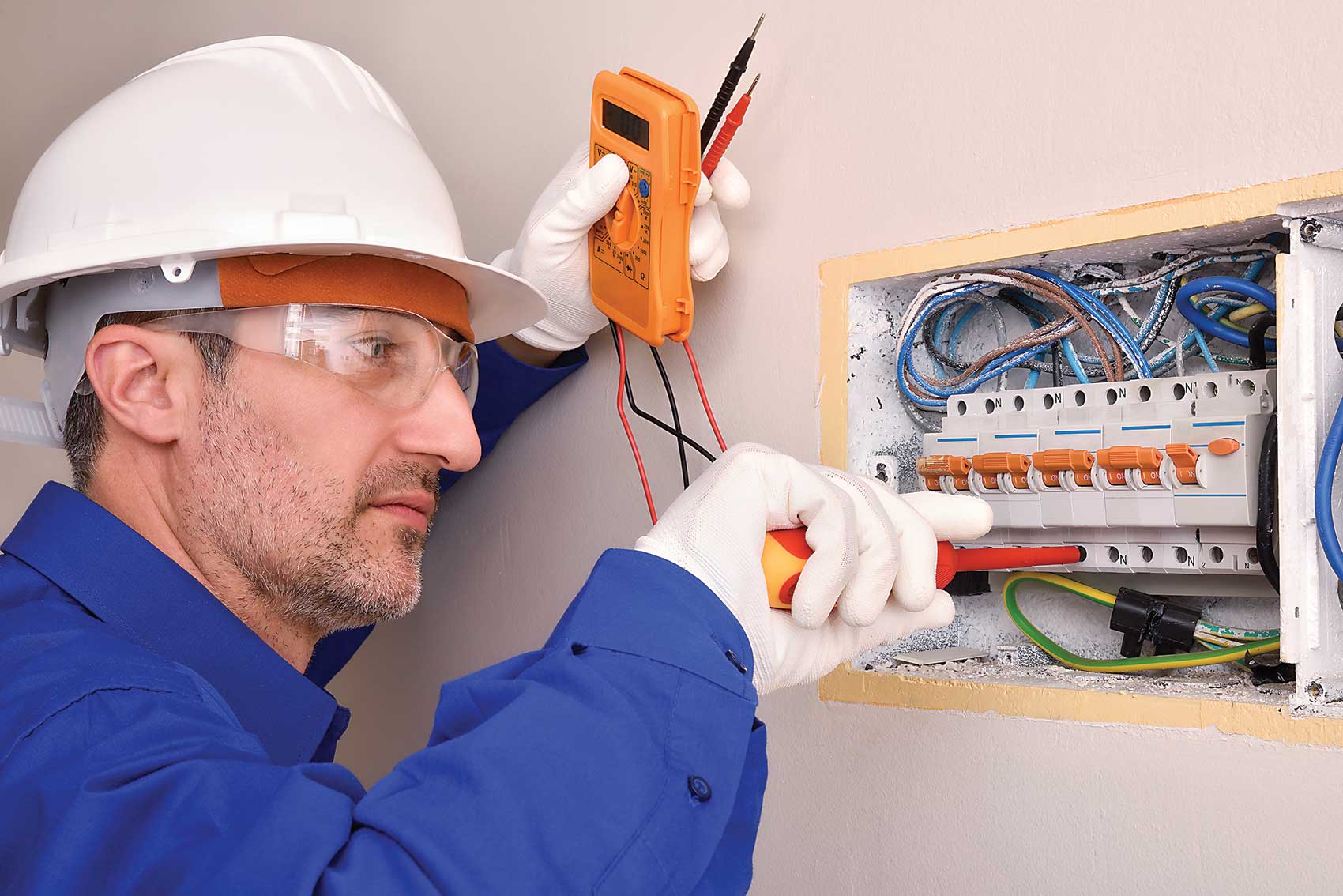
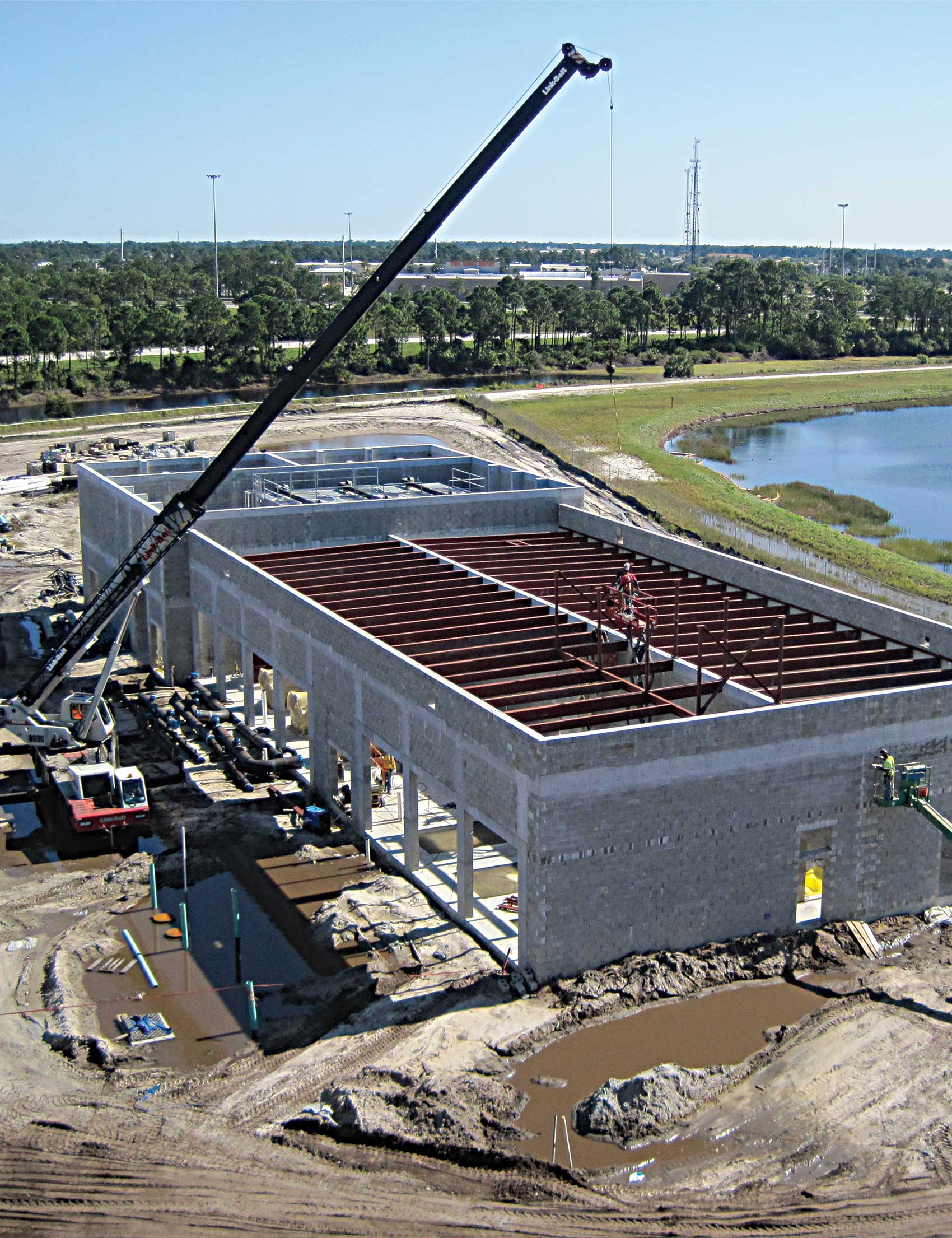
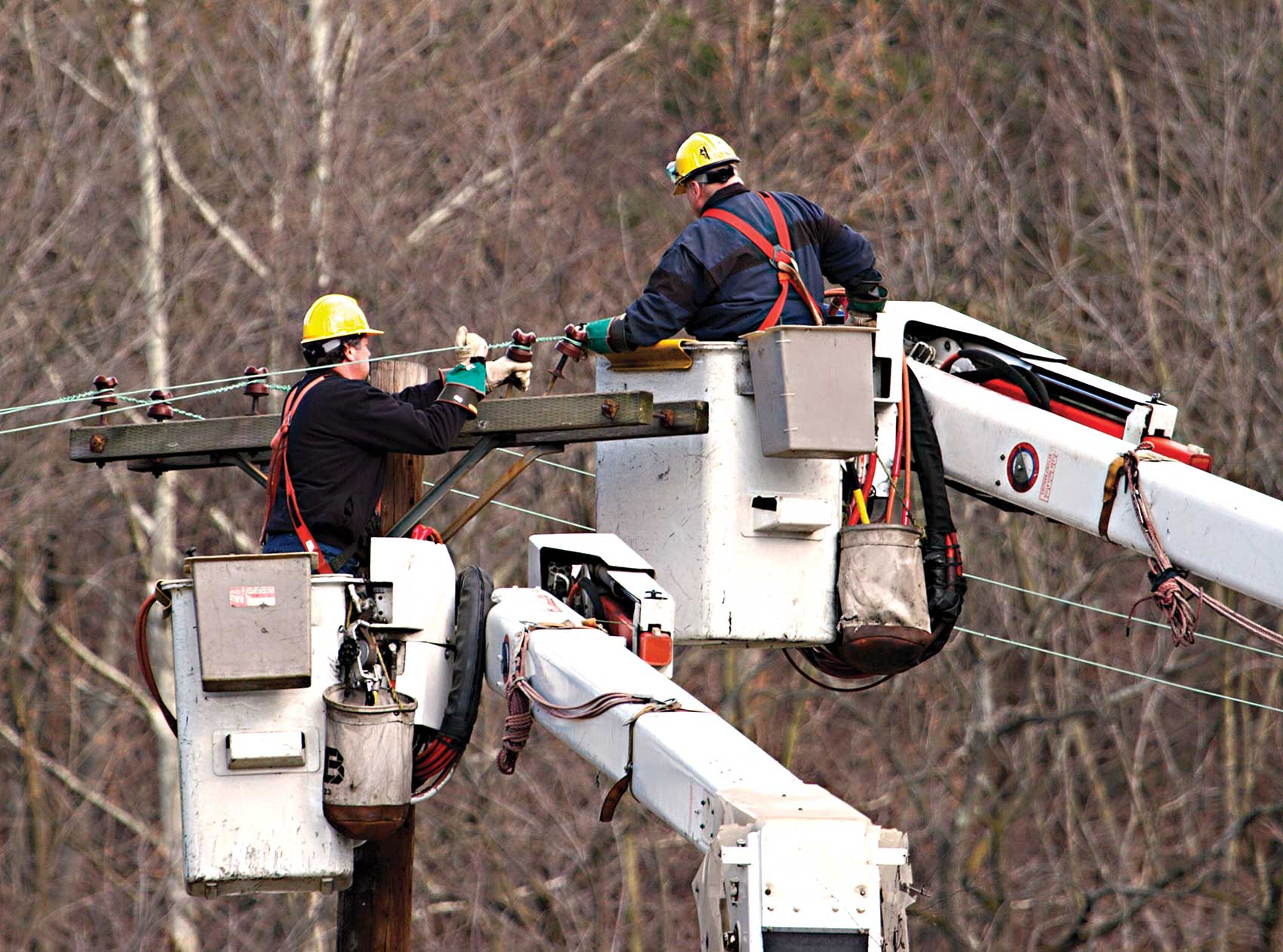

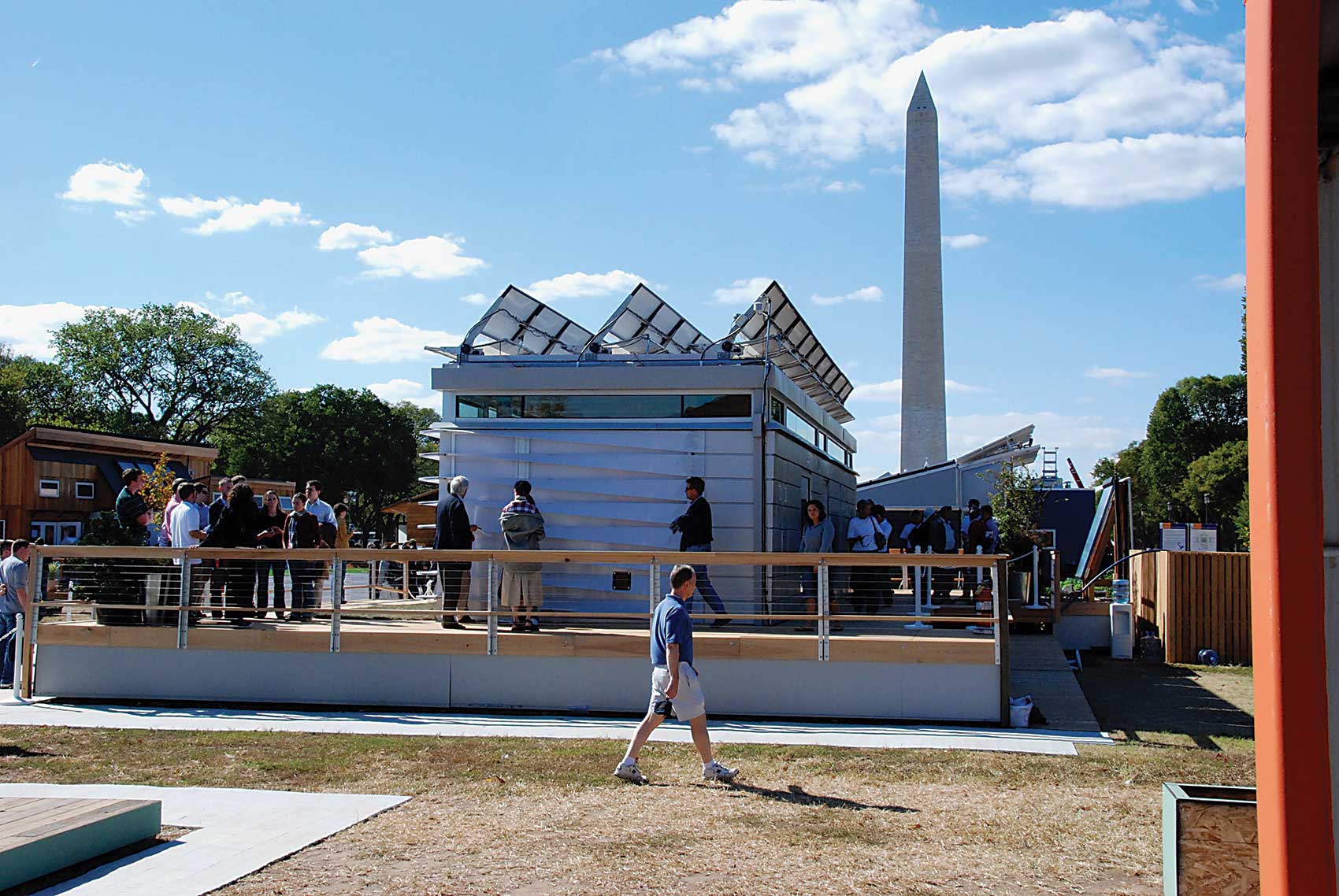
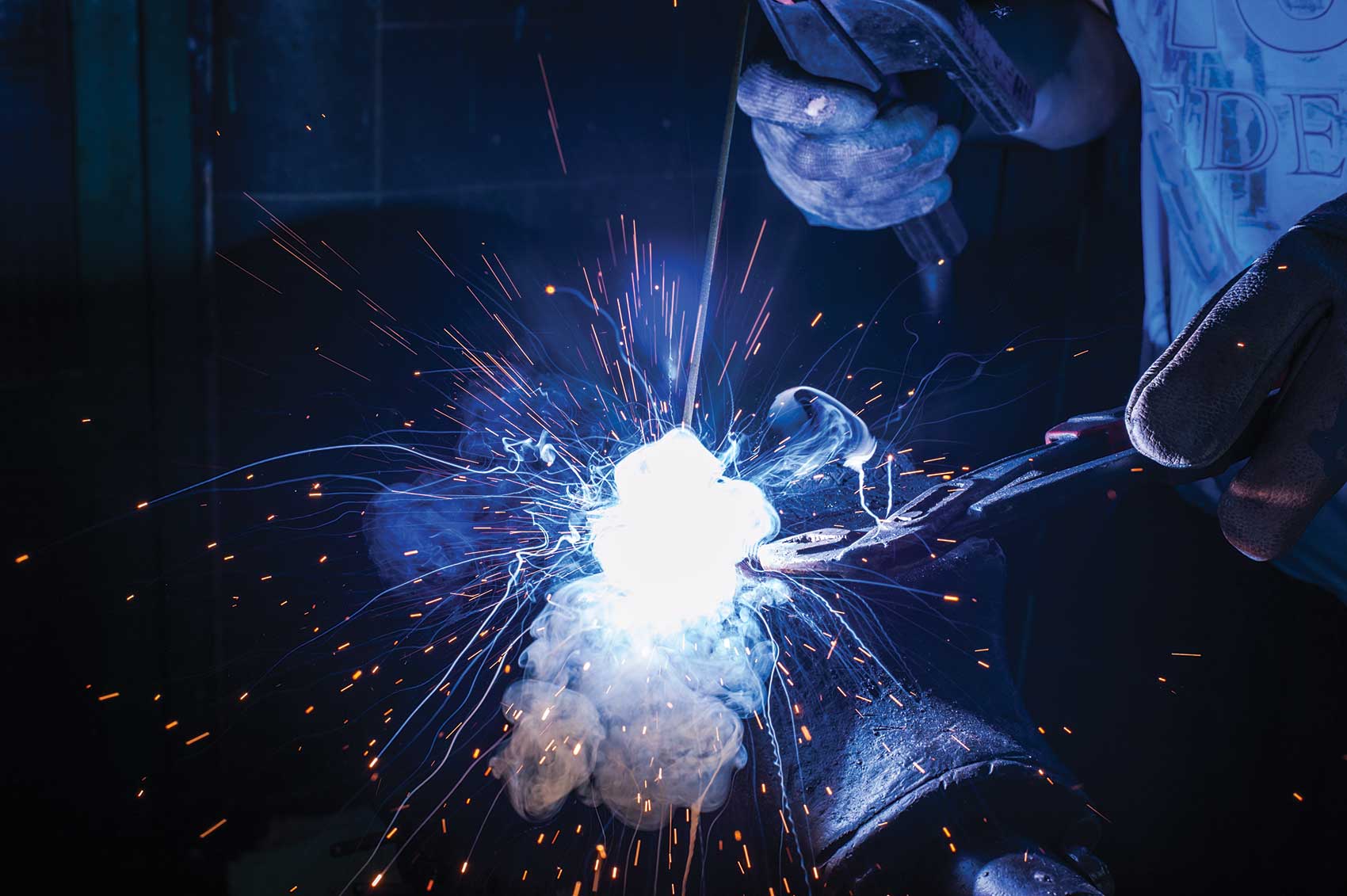

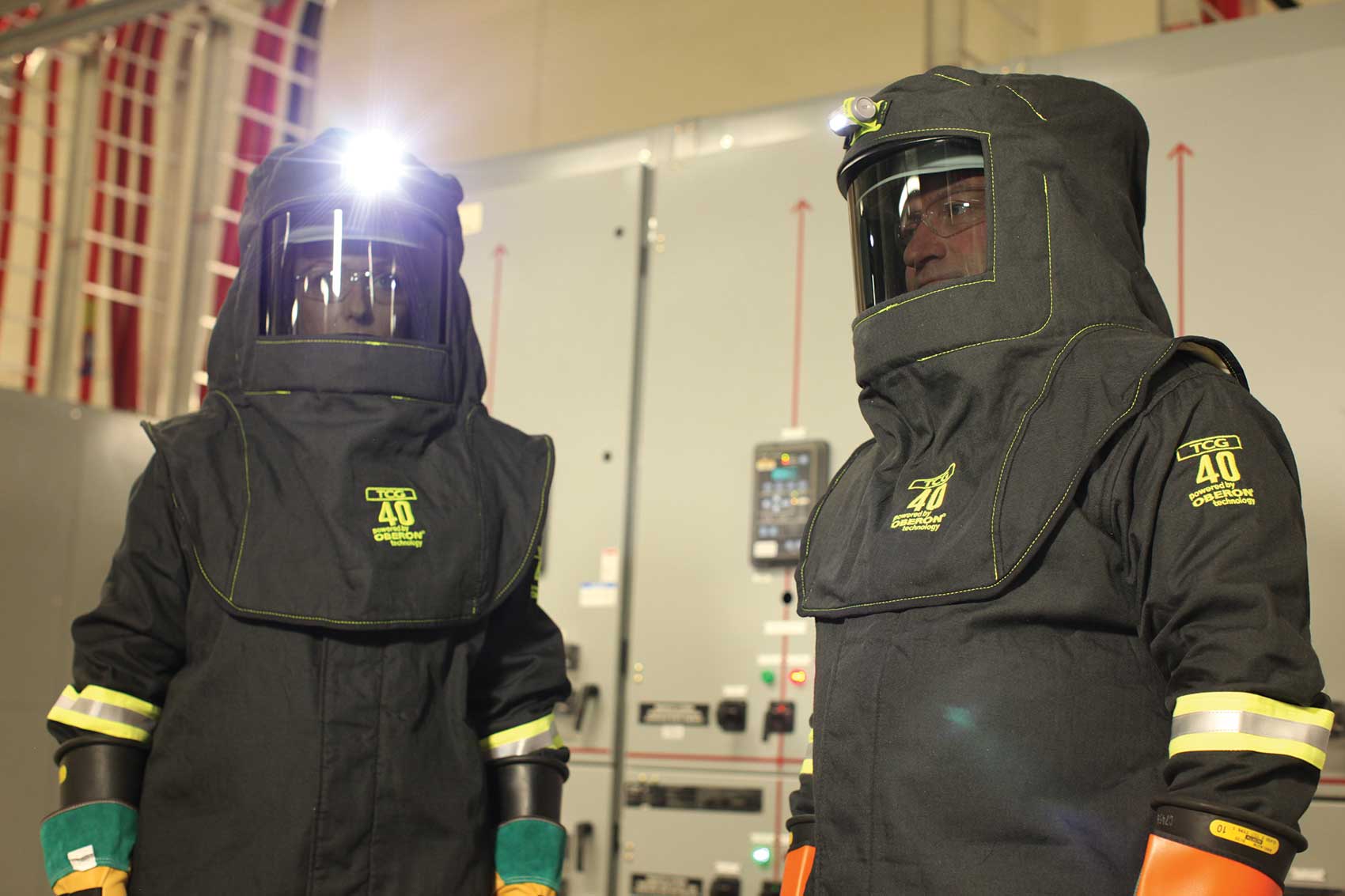
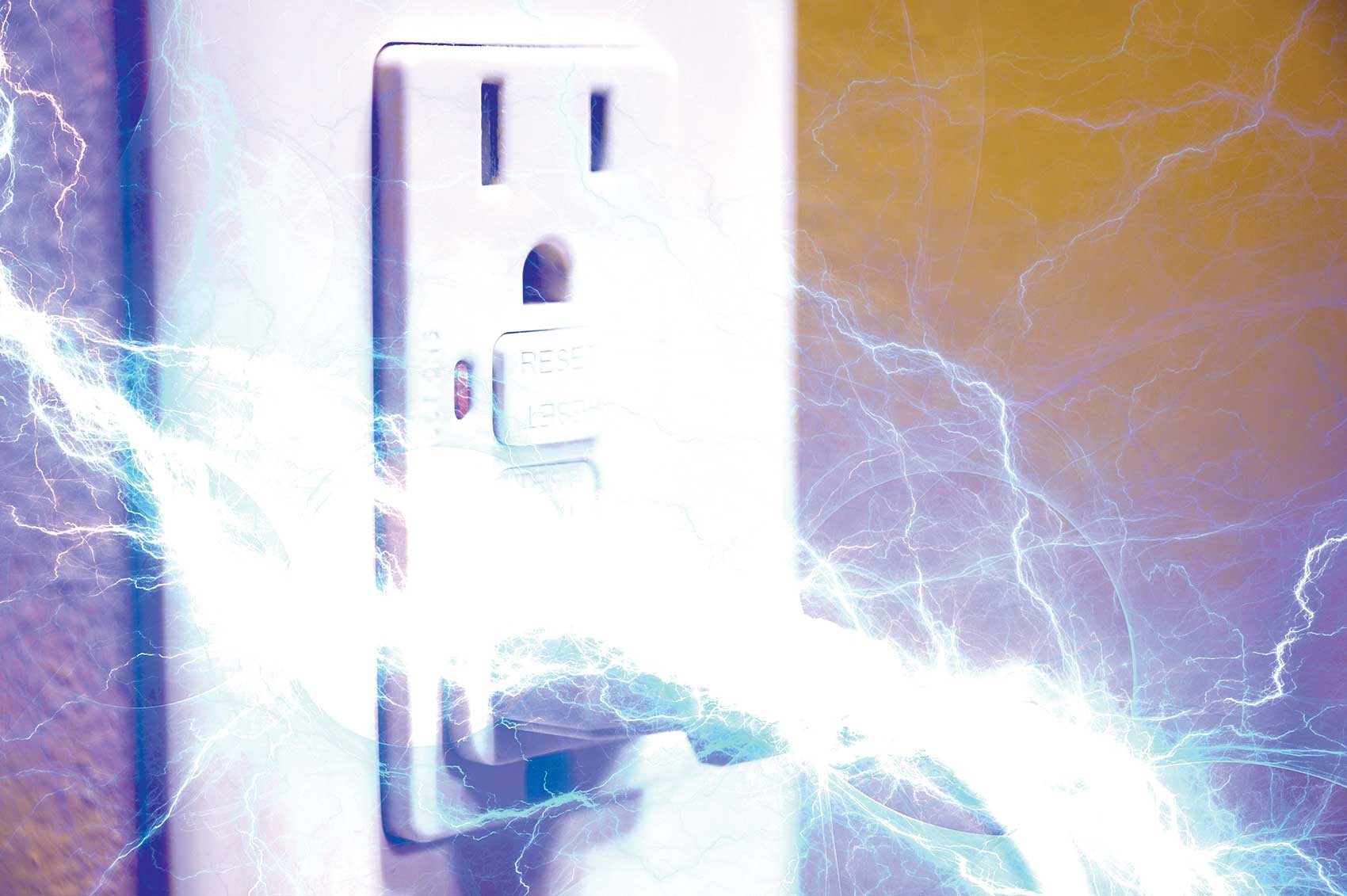
![Understanding the 3 [Main] Types of Electrical Hazards](https://iaeimagazine.org/wp-content/uploads/2020/04/2020_05_Cheatsheet_3_Types_of_Electrical_Hazards.jpg)